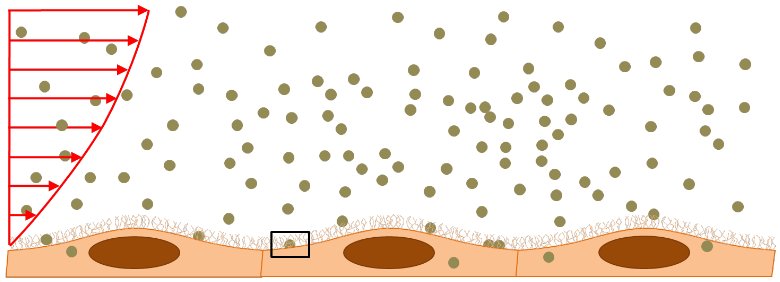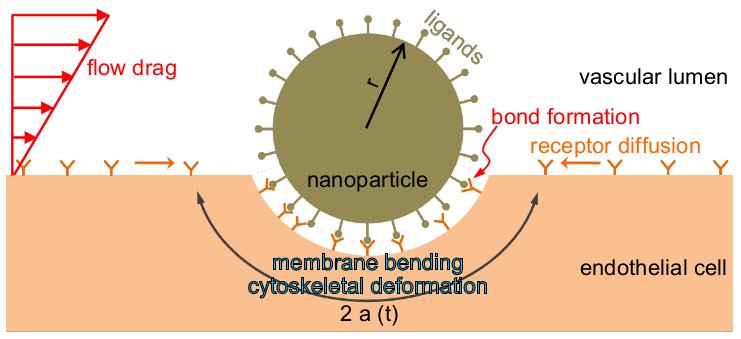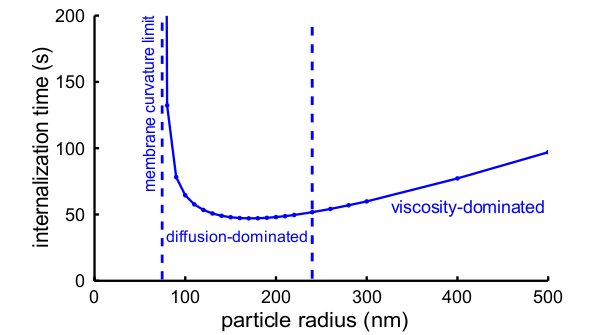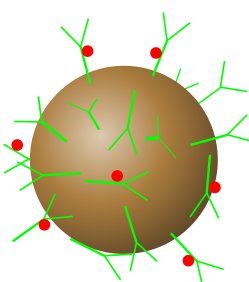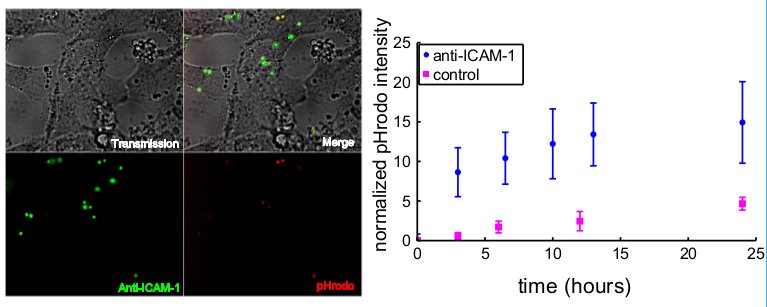Biomécanique et biomimétique végétale
Cellular Internalization of Nanoparticles : A therapy for Atherosclerosis ?
David Gonzales-Rodriguez - Abdul I. BarakatAtherosclerosis involves inflammation of the endothelium, the inner cellular layer of blood vessels. A promising treatment strategy uses functionalized, blood-borne nanoparticles foir targeted drug delivery. This project studies the effect on internalization of particle characteristics (size, surface coating) and the role of blood flow.
Theorical Modeling
Our analytical model describes naoparticle internalization driven by specific adhesion between receptors on the endothelial cell membrane and ligands on the particle surface. The model accounts for the effect of flow and predicts internalization for a wide range of particles sizes, consistent with observations.
Experiments
We coat polystyrene particles with fluorescently-labeled anti-ICAM-1 antibodies or with control antibody. Additionaly, we coat the particles with pHrodo, a pH-sensitive fluorophore that allows following particle internalization in real time in an in vitro model system.
Preliminary results suggest that the internalization of 1 µm particles is receptor-specific. Ongoing experiments will validate the theorical model predictions and investigate the role of flow.

